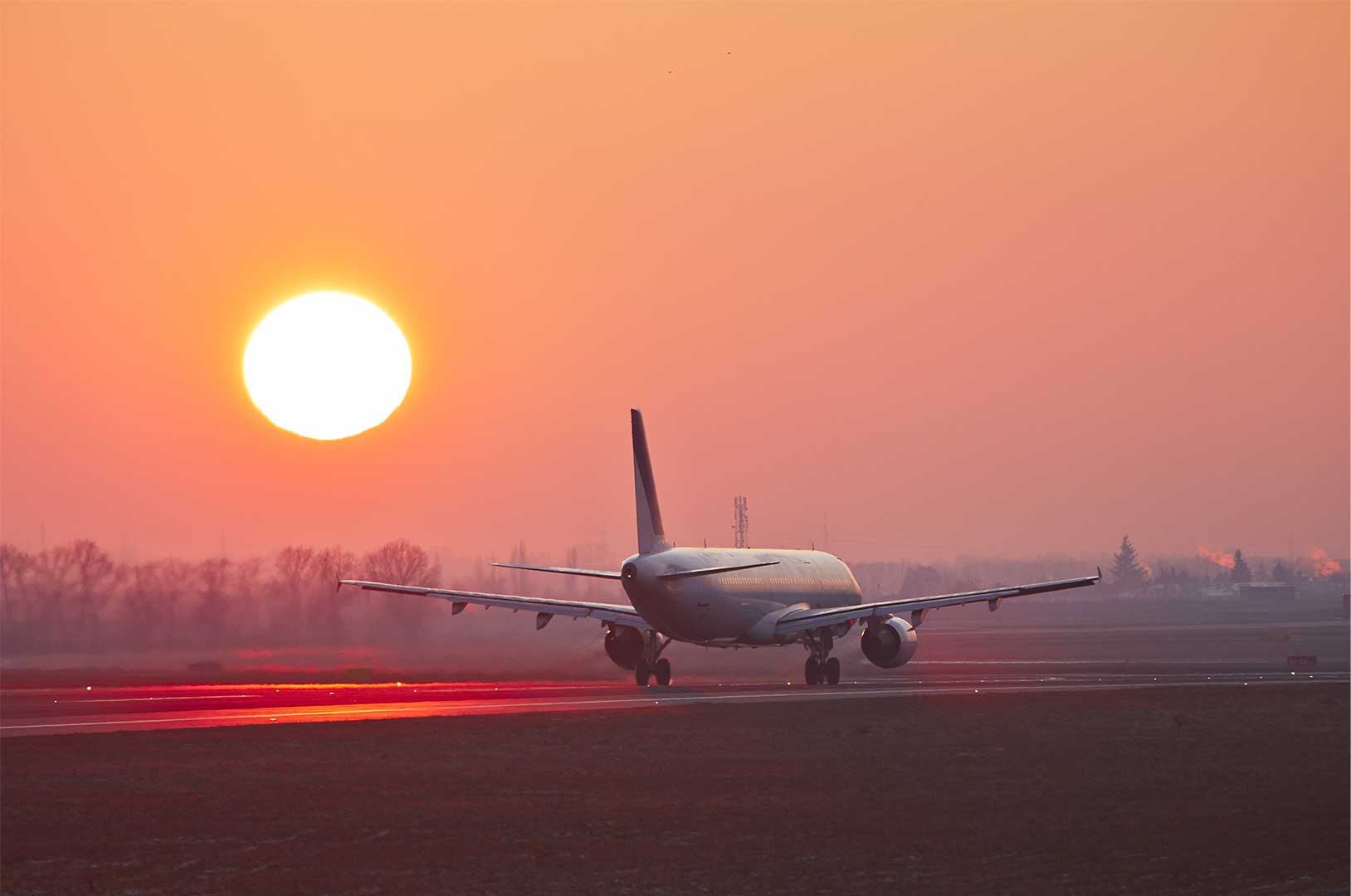As the civilian drone industry begins down the long road of regulatory legitimization, Canada’s remote communities stand to be unique beneficiaries of the possibilities that this new technology represents.

The price of a jug of orange juice in Northern Canada.
Back in 2010, I had the privilege of partaking in the Katimavik program – a community-service program that sent me to places in this country that I may have never otherwise visited or experienced. One of these communities was the remote town of Rigolet, NL; a remote coastal Labrador Inuit community established in 1735 which is home to only about 350 people. Rigolet is not accessible by road, and in order to get there one must either endure an 8-9 hour ferry ride from Goose Bay or a one hour flight aboard a small aircraft.
The town’s inaccessibility means that perishable foods such as milk or vegetables must be delivered using the same mode of transportation which is available to people. However, despite the fact that the ferry is a substantially cheaper means of transportation, it is not available year-round as the waterways near the town and throughout Labrador freeze over in the winter time.
This is where drone technology stands to dramatically redefine the livability of remote Canadian communities. Perhaps in the coming years, instead of shipping goods by airplanes designed to carry/accommodate passengers, specialized freight drones will be used to distribute perishable food products across northern Canada. In fact, perhaps the Federal Government should consider the value of investing in such technologies in order to reduce distribution costs, in place of, or in complement to, current federal subsidies provided to food retailers.
In fact, freight drones are not too far off into the future. Just last month on November 26th 2014, Transport Canada issued a blanket exemption for drones weighing under 25 Kg, assuming certain conditions are met. A month earlier, European airplane manufacturer Airbus became the first company to apply to European authorities for civil certification of a 570 Kg, single-engined, propeller-powered drone with a wingspan of eight metres. This drone is roughly the same size as a Cessna 152 (by weight) or a Smart fortwo (by seating capacity). Certainly, as the technology demonstrates reliability and becomes more affordable, larger and more sophisticated crafts will be built.
Should a drone crash along the way due to inclement weather, which often strikes in remote areas in Canada’s north, the only loss will be the cargo and the craft – but no loss of life! In my experience, aviation safety has always strived to manage risks so as to preserve life and property, particularly that of uninvolved third parties. In the use of drones, a crash in a remote area poses negligible risks to human life – the only thing that will be lost, is the freight aboard the drone.
Perhaps in a decade’s time, people in Rigolet will be drinking milk that was flown to them aboard an unmanned drone. And should the drone go down along the way, let us not cry over spilled milk.

